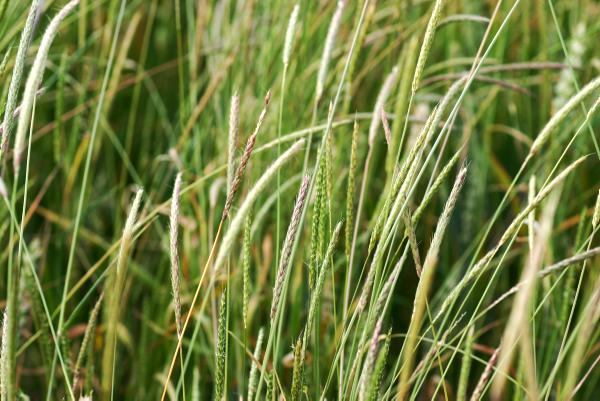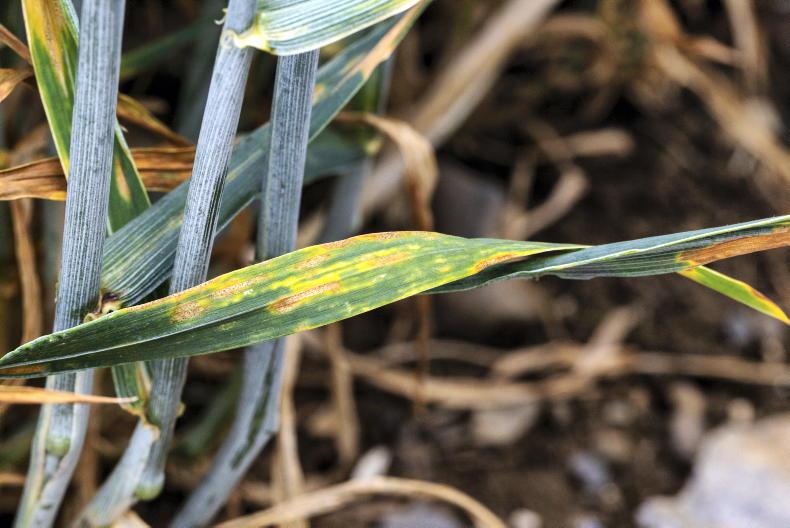Harvest about to kick off: The 2014 winter barley harvest is likely to kick off in earnest this week, with many crops now sprayed off for 10 days or more. Other crops are slower to give up the ghost and may still be over 10 days away.
Many oat crops have turned very quickly, but the grain development stage seems less forward than the crop colour. Grain continues to fill through the milky and early dough stages, even where the greenness is gone from the crop. This happens through the re-translocation of nutrients from the stems and leaves, which are always slow to die off in oats.
This also applies to wheat and barley, so don’t be too quick with glyphosate. Remember that you are asked to justify why you use glyphosate under the new IPM regulations and this may be difficult across a whole field where significant amounts of nitrogen and fungicide were applied to enhance crop growth.
Desiccation of OSR: While many rape crops have already been desiccated with glyphosate, others remain to be sprayed off. Target the correct timing – varieties differ and so must desiccation dates. High temperatures may speed up desiccation, but allow three weeks to die back. Use plenty of water (200 litres/ha or more) with up to 2.25 litres/ha of Roundup Flex or about three litres/ha of many other glyphosate formulations. Get the timing right for glyphosate as spraying too early can decrease oil content. Sample a number of representative areas of the crop. Pick 20 pods at random from the centre of the main raceme (stem) at each point. Open the pods. If at least two-thirds of the seeds in a pod have turned from green to brown in at least 15 of the 20 pods at each point, the crop is at the earliest correct stage for spraying with glyphosate.
Blackgrass: One of the worrying snippets from Teagasc’s Crops and Spraying 2014 event in Kildalton last week, was a number of reports of what may well be blackgrass in different cereal fields around the country. Blackgrass has been in the country for at least the past 30 years, but it has never really developed a foothold, up until now at least. Most tillage farmers that visit Britain will know that this is a “serious animal of a weed”. If the plants that may be floating about have come in recently in seed from Britain, then they will most likely carry a very high level of herbicide resistance. Know what it looks like – check all crops. Some of the problems may show up in the second year, with the weed having come in on British seed last year. If you can see what may be a number of heads in a field, rogueing is the minimum action, but whole crop may be preferable. Once the seeds have begun to fill they present added danger to any straw or slurry disposal route. If you know you have a definite problem consider grass for a few years, as allowing it to proliferate will only allow the problem to expand across your whole farm area.
Wild oats: Most fields have been controlled well this year, as seen by the occasional spray miss. If you are to win this battle it is essential to rogue these small areas to prevent seed return, having got good value from the money already invested.










SHARING OPTIONS